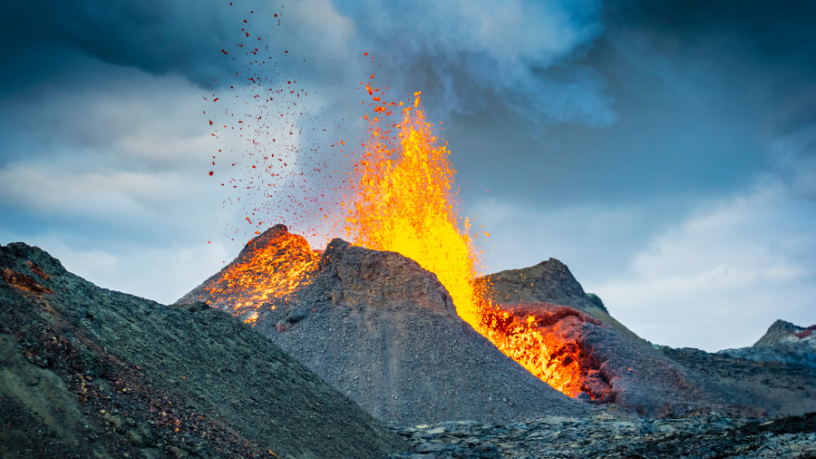The recent eruption of the Krasheninnikov volcano in Russia’s Kamchatka Peninsula has captured global attention due to its intensity and potential consequences. This volcanic event has sent powerful ash plumes high into the atmosphere, disrupting local air traffic and prompting emergency alerts across the region. Scientists and authorities are closely monitoring the situation, as the Krasheninnikov volcano eruption poses risks to both nearby communities and the fragile environment of this volcanic hotspot.
The Kamchatka Peninsula, known for its intense geological activity, is home to dozens of volcanoes, including Krasheninnikov, which had remained relatively quiet until the recent explosive episode. The volcano’s eruption has produced a dramatic column of ash and volcanic gases reaching tens of thousands of feet, forcing the temporary closure of airports and raising concerns about the potential for ashfall affecting towns and wildlife. This eruption is a stark reminder of the region’s volatile nature and the constant threat posed by volcanic activity.
Experts tracking the Krasheninnikov volcano eruption emphasize the importance of real-time data in predicting further activity and mitigating risks. Volcanologists have deployed sensors and drones to capture detailed information on ash dispersion, seismic activity, and gas emissions. This data is vital to understanding the volcano’s behavior, forecasting future eruptions, and guiding emergency response teams. The unpredictable nature of volcanic eruptions makes such monitoring essential for public safety in Kamchatka and beyond.
The environmental impact of the Krasheninnikov volcano eruption is already being felt. Ash deposits can smother vegetation, contaminate water supplies, and disrupt ecosystems, while volcanic gases contribute to atmospheric changes. Scientists warn that repeated eruptions could have longer-term effects on the region’s biodiversity and climate patterns. Local communities, many of which rely on natural resources, may face significant challenges as they cope with the aftermath of this natural disaster.
From a human perspective, the Krasheninnikov volcano eruption has triggered evacuation orders and heightened alertness among residents. Emergency services have mobilized to assist those in potentially affected areas, ensuring safety and access to essential supplies. While no casualties have been reported so far, the situation remains fluid, with authorities urging caution as ash clouds can impair visibility and breathing conditions. The response highlights the need for preparedness in volcanic regions worldwide.
Aviation safety concerns have also come to the forefront amid the Krasheninnikov volcano eruption. Volcanic ash clouds pose serious hazards to aircraft engines and navigation systems, leading to rerouted flights and airport closures in the Kamchatka region. Airlines and air traffic controllers are working closely with volcanic monitoring agencies to adjust flight paths and minimize disruptions. This coordination underscores the broader implications of volcanic eruptions beyond their immediate surroundings.
The Krasheninnikov volcano eruption also provides a window into the powerful geological forces shaping our planet. Kamchatka’s position along the Pacific “Ring of Fire” makes it one of the most volcanically active areas on Earth. This eruption adds to the scientific understanding of subduction zone volcanism and the dynamic processes that drive such dramatic natural phenomena. Continued research on events like this is crucial for advancing volcanic hazard prediction and resilience.
In summary, the recent Krasheninnikov volcano eruption in Kamchatka stands as a significant geological event with wide-ranging implications. Its ash plumes and volcanic activity highlight the persistent dangers volcanoes pose to human settlements, ecosystems, and infrastructure. As monitoring and emergency response efforts continue, this eruption reminds us of the need to respect and prepare for nature’s immense power. The Krasheninnikov volcano eruption remains a vital focus for scientists and authorities working to protect lives and the environment in this volatile region.
Author: Eura Tymal







